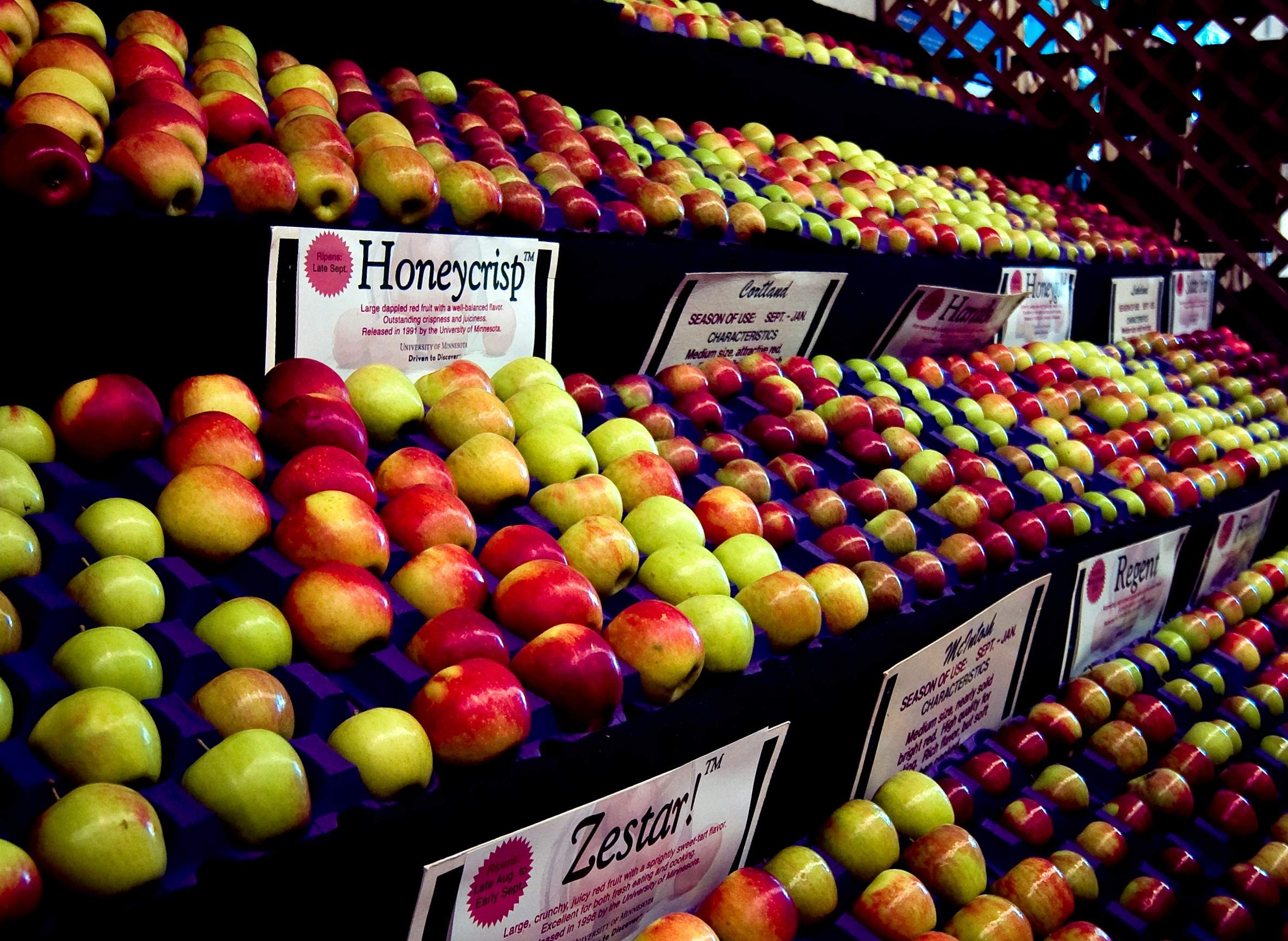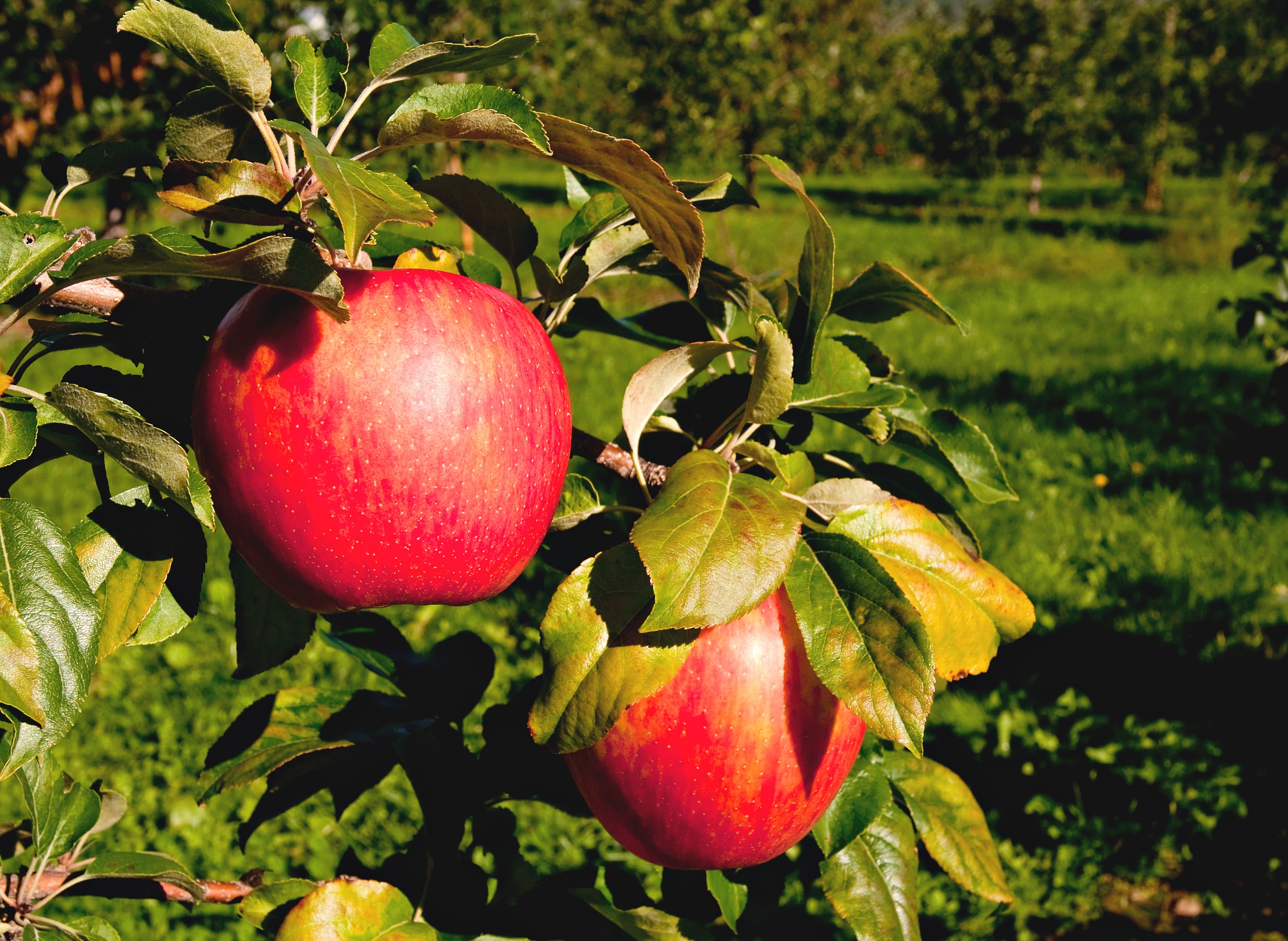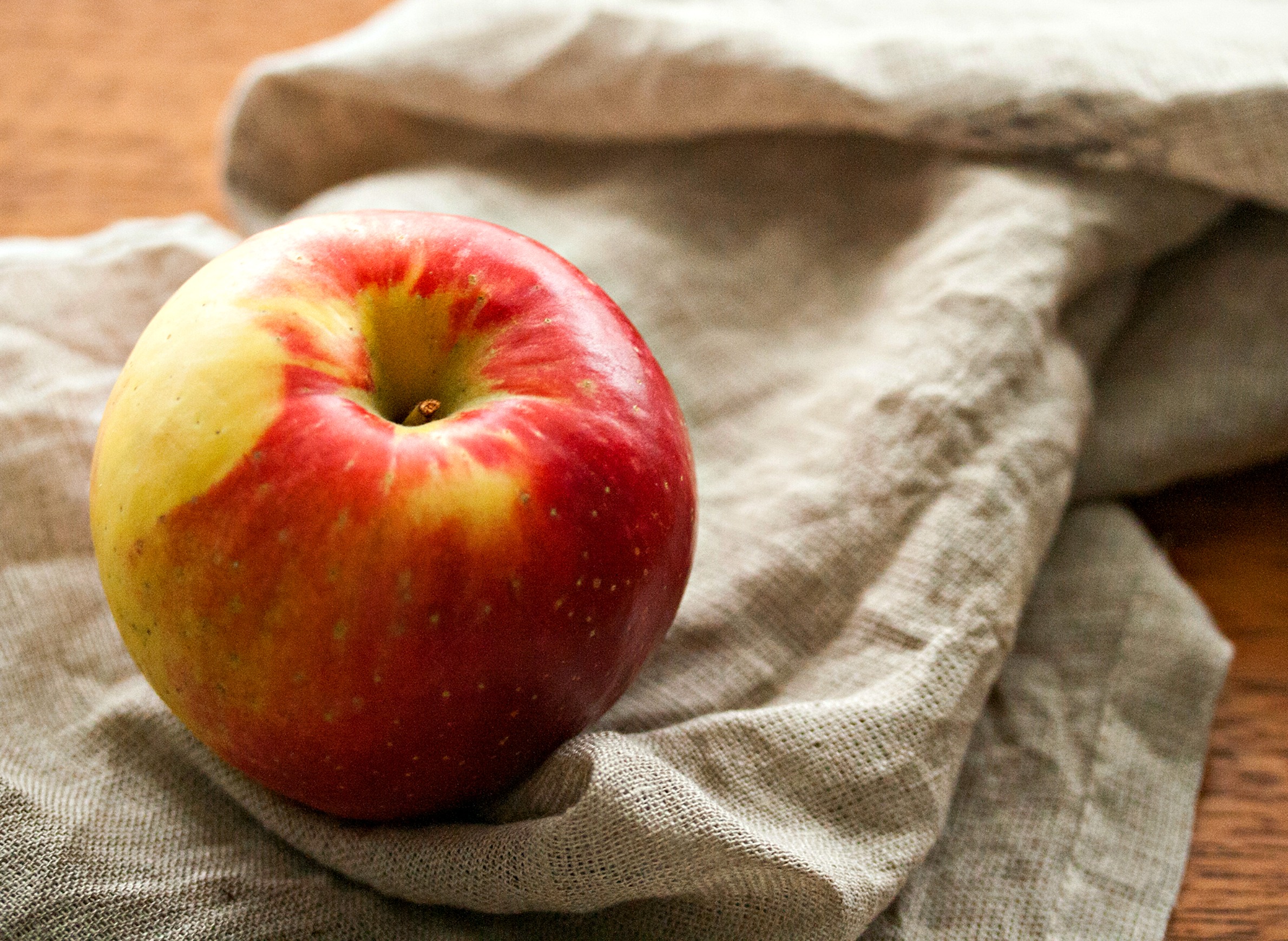
The Rise Of Apple Clubs And Trademark Varieties Of Fruit

The assortment of apples available to choose from at orchards, farm stands and grocery stores can seem daunting. New varieties with catchy names are unfamiliar compared to the traditional Red Delicious and Cortlands shoppers are used to finding every fall, and differ as well from the antique apples that are increasingly available. In many cases, though, the most substantial differences are related to marketing and intellectual property rights, rather than the look and flavor of the fruit.
Apples are one of the few produce items marketed by cultivar name — consumers will pay more for particular varieties that offers better taste, color and flavor. The nature of this market has been proven by the outstanding success of Honeycrisp apples. As a result, new apple varieties are patented, trademarked and marketed similarly to any other managed brand.
The concept of "owning" the intellectual property rights to an apple cultivar began in the mid-20th century, when the first varieties were patented as a way to compensate growers who spent time and money to develop them.
Once again, Honeycrisp serves as a great example. Researchers at the University of Minnesota crossed hundreds of varieties before finding this perfectly desirable blend of crisp texture, sweet flavor and red-blushed uniform appearance. They patented their product, and until the patent expired in 2008, every grower who purchased a Honeycrisp tree had to pay a royalty of approximately $1 to the University of Minnesota. However, because patents expire, new apple varieties are now also trademarked, which provides an additional layer of intellectual property rights for its holder.
Whoever owns the trademark name of a variety has the exclusive right to sell it for perpetuity. A good example is the cultivar named Cripps Pink, the trademark for which is "Pink Lady." If growers want to sell this variety under the "Pink Lady" trademark, they have to pay for the opportunity.
Patenting or trademarking cultivars secures compensation for the effort and investment of plant breeders who develop new varieties, but does not regulate the quality of the product or the market supply. Apple clubs, a new trend in the fruit business, require growers to join a particular and selective group to be able to grow some of these new varieties. This is the case for "SweeTango," a new variety from University of Minnesota that has a registered trademark. A small group of growers around the United States produces "SweeTango," which is controlled by Next Big Thing Cooperative.
Club varieties have some very distinct advantages in terms of marketing, fruit quality, and volume of fruit produced, because one company can oversee the entire production to commercialization process. In the past, excellent apple varieties being openly released to growers failed to generate consumer interests because of the lack of marketing strategies. Further, when varieties took off, numerous growers would often plant them, and the sudden increase in supply resulted in lower prices and therefore profits. That market response would undercut the original motivation by growers to try selling a novel variety.
Club varieties, controlled by the trademark owner, are produced in restricted volumes by a selected group of growers in strategic locations. Quality stays high, supply does not rise too much and demand stays strong, ensuring high returns to those growers who pay to be part of the club. However, small growers selling to local markets may not qualified to be a member of a given new apple club, excluding them from offering these new trendy varieties to their clientele.
In the end though, whether consumers choose to buy a trademarked club variety like "SweeTango" or "EverCrisp," or prefer older varieties that maybe they grew up with and remember from childhood, Wisconsin-grown apples represent an integral part of autumn in the state. The best thing about having all these options to choose from is that each variety is delicious in its own way!
Janet van Zoeren works as a fruit crops associate with the University of Wisconsin-Extension. Amaya Atucha is a fruit crop specialist with UW-Extension and the UW Fruit Program, and an assistant professor in the UW-Madison Department of Horticulture.




